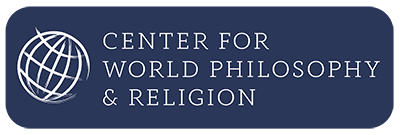For some passages in the Zohar, the mysteries of the cherubs are virtually a synonym for unity consciousness. The Zohar understands the union of the cherubs as symbolic of the union of all opposites. This is what mystic Abraham Kook means when he writes, “While all qualities have their opposite, good and evil, life and death, and even holy and profane–there is no opposite to the Holy of Holies.” The Holy of Holies is the place that overwhelms all distinctions. That which unites opposites, writes Kook, is love. It is love–the perception of the infinite Divine in all of reality–that allows us to embrace both paris in the opposition as glimmerings of the one.
The Chinese master Lao-tzu saw this clearly when he said all opposites arise simultaneously and mutually:
Is there a difference between yes and no?
Is there a difference between good and evil?
Must I fear what others fear? What nonsense.
Having and not having arise together
Difficult and easy complement each other.
To suggest otherwise, writes Chuang Tzu, is not “to apprehend the great principles of the universe or the nature of creation.”
What does all this mean? Ultimately reality is a unity of opposites. What that means is that there are no real boundaries. True wisdom is the sweetness of integration and union. Ultimately the world of two does not exist in the deepest reality. To love is to reach for the radical divine presence in all that is. To love is to know that ultimately there are no boundaries. And yet the road to the circle in which everything is on the inside is through the line. Ethics is the Hebrew mystic’s path to eros.
The Mystery of Love
Marc Gafni
Page 318, 319

